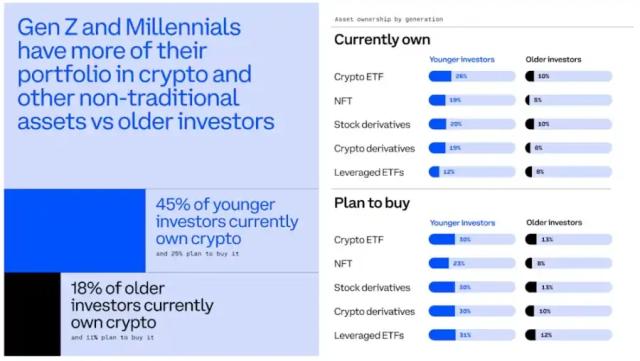Author: Scof, ChainCatcher
Editor: TB, ChainCatcher
After being exploited by a 50x leverage whale mechanism vulnerability last time, Hyperliquid has encountered another incident.
The method is identical and transparently executed, but this time targeting the meme coin $JELLYJELLY with far less liquidity than ETH.
Despite the platform's previous mechanism adjustments, the protection remains weak, and Hyperliquid ultimately paid the price for its negligence and arrogance.
Event Overview
Last night, the decentralized contract platform Hyperliquid was subjected to a carefully planned on-chain hunting. Surrounding the $JELLYJELLY token, someone used methods like opening short positions, manipulating token prices, and inducing system liquidation to jointly attack the platform's treasury, causing widespread attention.
The event was triggered by a massive short position: address 0xde9...f5c91 opened a $JELLYJELLY short position worth $4.08 million at $0.0095, investing $3.5 million USDC as margin, essentially a "bait" to induce system takeover.
Subsequently, another address Hc8gN...WRcwq dumped on the spot market, creating short-side profits. The short position holder withdrew most of the margin, causing the platform to automatically take over the position and transfer risk to the treasury.
(Recommended reading about HyperLiquid's mechanism: 'Ruthlessly Cutting Even Exchanges! A Deep Dive into How Hyperliquid Was Drained of $1.8 Million')
The operator then reversed and bought large amounts of $JELLYJELLY to push up the price, causing massive losses on the system's short positions. Retail investors began withdrawing, increasing treasury pressure, and the liquidation price continuously dropped. At its peak, the treasury had unrealized losses exceeding $10 million, with TVL reduced by approximately $20 million. According to crypto KOL @ai_9684xtpa's analysis, if the token price rises to $0.17, the treasury might be force-liquidated, facing potential losses of up to $240 million.
According to monitoring, the pumping address previously held 120 million $JELLYJELLY tokens (approximately $5 million), making it the largest on-chain holder. The address's funds appear to be depleted, causing significant price volatility.

Community Reaction
This shocking event quickly sparked widespread discussion on Twitter.
Crypto KOL @thecryptoskanda first spoke out, calling to "list $JELLYJELLY on Binance". Shortly after, Binance co-founder He Yi retweeted and expressed approval. Minutes later, Binance officially announced listing $JELLYJELLY perpetual contracts tomorrow.
Meanwhile, Hyperliquid officially chose to "pull the plug", directly delisting $JELLYJELLY and even profiting $703,000 by liquidating short positions before delisting. Although they claimed this was a committee vote, the move also sparked more controversy.
BitMEX founder Arthur Hayes immediately stated: "Hyperliquid is no longer decentralized" and predicted HYPE would continue to weaken, ultimately returning to its origin.

Sonic Labs co-founder Andre Cronje also criticized Hyperliquid's leverage mechanism on X platform. He believes leverage multipliers should not be fixed functions but dynamically adjusted based on available liquidity and actual volatility. For example: small positions could get 1000x leverage, while large positions should be limited to 1.2x. In DeFi, fixed leverage is an extremely dangerous design.
On-chain investigator ZachXBT angrily spoke out, criticizing Hyperliquid's official manipulation and turning a blind eye to money laundering by hackers on the platform.
After the incident, according to Hyperliquid's website, its HLP TVL suddenly dropped to $197 million. It was previously reported to be $240 million.
Momentarily, public opinion completely reversed, and Hyperliquid, once praised as the "on-chain Binance", is rapidly losing market trust.
A CEX Disguised as a DEX?
Although this hunting event concluded with Hyperliquid removing $JELLYJELLY and temporarily stemming losses, and the community short-term "practically tested" mechanism vulnerabilities, the underlying issues remain unresolved.
For instance, after the first mechanism attack, did the platform genuinely assess the imbalance risks between leverage and liquidity? When facing this liquidation crisis, why did they choose such a centralized method of delisting trading pairs instead of relying on preset risk management mechanisms?
From another perspective, if the platform claims to adhere to decentralization, why can they "shut down" with a single click at critical moments? If "survival priority" is chosen, what essential difference remains between Hyperliquid and a CEX?
These unresolved questions point to a deeper dilemma: when decentralized platforms face extreme market impacts, should code dictate actions or should backend teams make decisions?
As users, we believe on-chain trading is the future, but whether Hyperliquid can reach that point remains uncertain. Perhaps it's an experiment, perhaps it will survive to become a new standard. But today, its decentralization narrative stands at the edge of a cliff.





